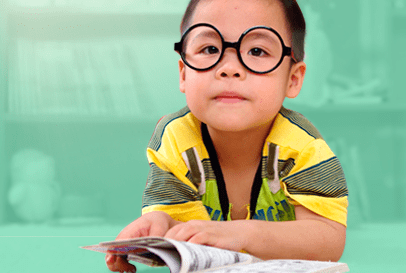Understanding and Being Active in Your Child's IEP Plan

Protecting the Education of Children with Disabilities
Parents of children with disabilities should know that the school system will provide special education to their child. The school and staff along with the parent/s will develop an Individualized Education Program (IEP).
A federal law called the Individuals with Disabilities Education Act (IDEA) requires that public schools create an Individualized Education Program (IEP) for every child receiving special education services. An IEP sets the stage for your child’s educational journey.
Understanding the IEP
The Individualized Education Program is an important legal document that outlines your child’s learning needs. It delineates what services the school will provide and how progress will be measured.
The IEP is created by parents, teachers, school district representatives, and school psychologists. Once a child turns 16, he or she will also participate in the program.
The Contents of IEP:
- Educational Performance: Description of current abilities and skills. It explains how the child’s learning issues affect his ability to learn the general education curriculum. The results of state assessments and other standardized testing will help determine where the child is on the learning spectrum.
- Special Education and Accommodations: This section describes what type of services the child will receive, for example, speech therapy. It also includes a list of current accommodations. For instance, the extra time allowed to take exams.
- Supplementary Aids and Services: Any and all support being provided to help a child learn in the general education classroom. This includes one on one tutoring, highlighted classroom notes, equipment, or assistive technology.
- Annual Educational Goals: The team of educators will list realistic, achievable and measurable goals for the year. The progress being made towards the child’s educational goals. If the child is not meeting the goals then the team will meet to discuss new interventions.
- Transition Plan: This goes into effect when the child turns 16. This plan provides support to help the student graduate high school and achieve post-high school goals.
IEP Team Meetings
The law requires the IEP team to review the IEP at least once a year. Many teams meet more than once a year.
The meeting will help determine if the IEP is working. It is an opportunity for the teachers and the school to provide input on the child’s progress. The team will determine what is working and what needs to change.
Key Points Discussed During an IEP Meeting:
- Child’s strengths
- Concerns and Suggestions
- Modifications and Accommodations
- Results of most recent evaluation
What to Do After an IEP Meeting
During an IEP meeting, a lot of information may be reviewed. It is always a good idea to take notes that you can refer to.
Following the meeting, you should carefully review your notes. They will help you understand what needs to be done to ensure that IEP goals are met.
Here are a few tips to follow after an IEP meeting:
- Determine if you have any objections to the plan.
- Review and sign the IEP.
- Talk to your child about the plan discussed at the IEP meeting.
- Update a goal tracker. You can download an IEP goal tracker template here.
